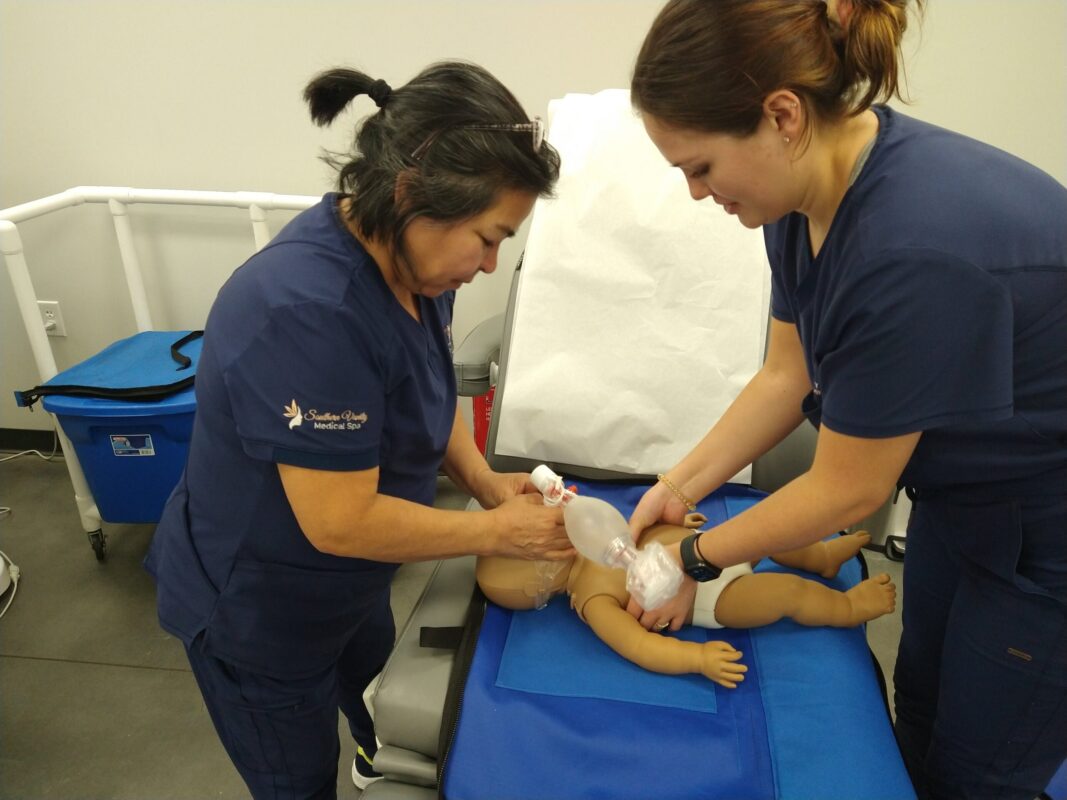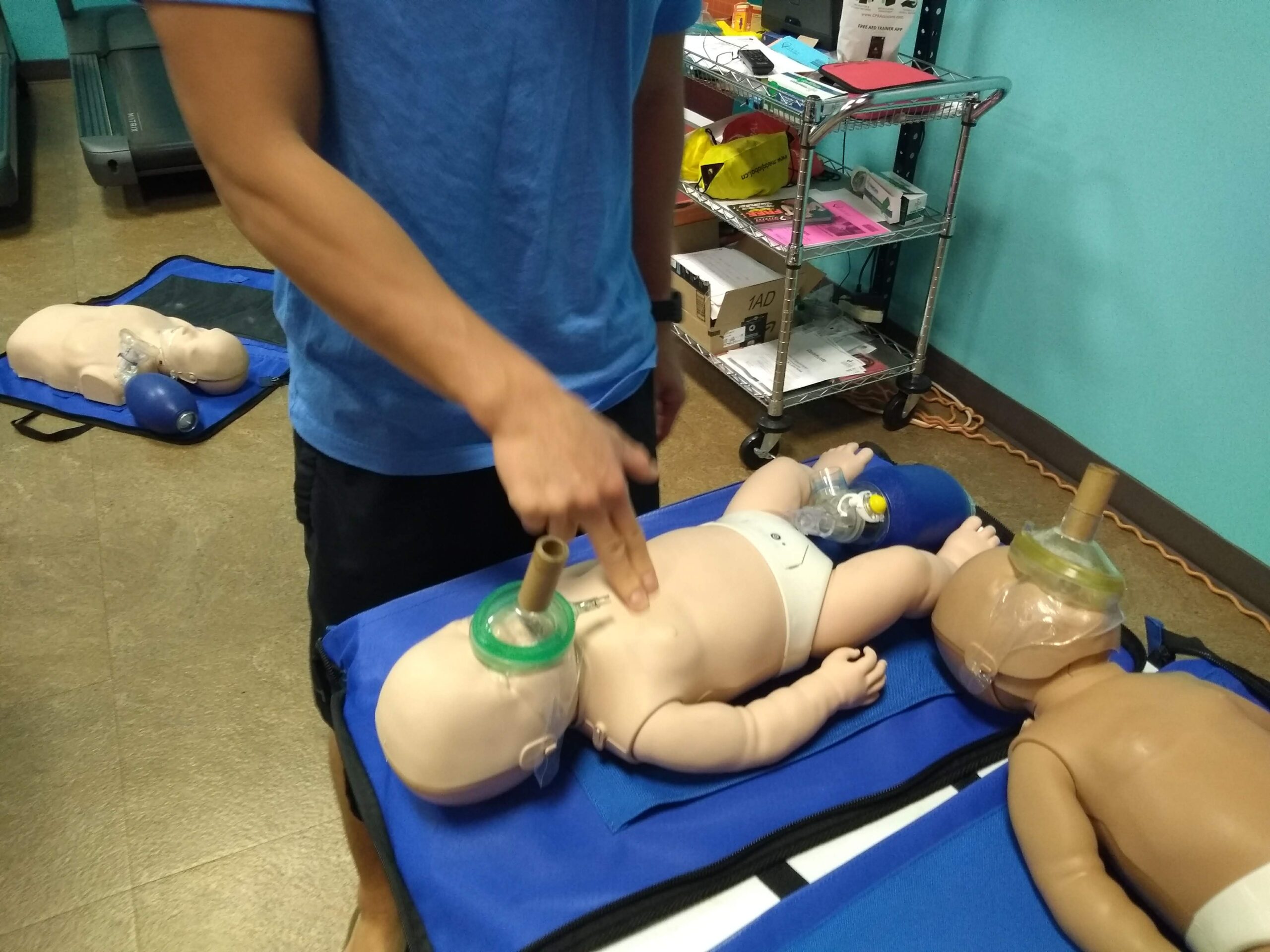The 15:2 compression-to-ventilation ratio is typically used in two-rescuer CPR for children and infants (not adults) as per American Heart Association (AHA) guidelines. It is not directly due to timing delays but rather to balance the oxygen needs of the smaller, developing body with the importance of maintaining effective blood circulation.
Key Reasons for the 15:2 Ratio:

- Higher Oxygen Demand in Children and Infants:
- Children and infants often experience cardiac arrest due to respiratory issues (e.g., airway obstruction or respiratory failure). They need more frequent ventilation to address this.
- Providing 2 breaths every 15 compressions ensures they get adequate oxygen without compromising circulation.
- Maintaining Circulation:
- Continuous blood flow to the brain and vital organs is critical. A ratio of 15:2 minimizes interruptions to compressions while still allowing for effective oxygen delivery.
- Timing and Fatigue:
- With two rescuers, one focuses on compressions and the other on breaths. The teamwork reduces rescuer fatigue and allows the 15:2 rhythm to be more effectively maintained.
In contrast, for single-rescuer CPR in children or infants, a 30:2 ratio is used to simplify protocols and ensure consistency across different scenarios.
If you’re asking specifically about timing delays caused by switching between compressions and breaths, these are minimal with proper technique. Training and practice help rescuers minimize interruptions and deliver compressions and ventilations efficiently.
4o
O

